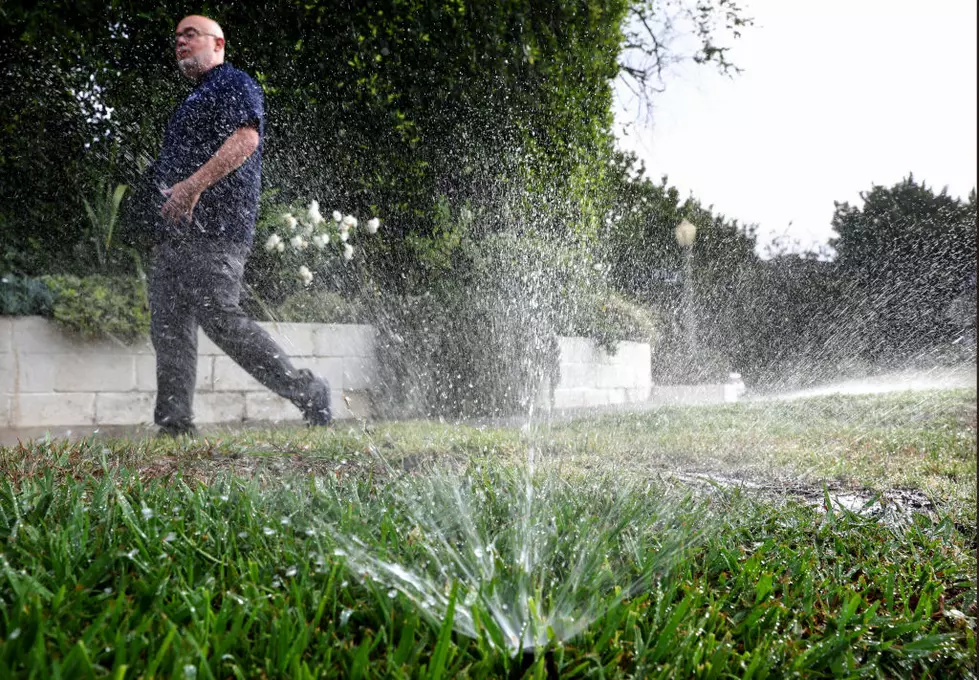
Water Project Remains On Hold
The water reuse project remains in a state of limbo for at least another 30 to 45 days. Russell Schreiber, Public Works Director for the City of Wichita Falls says additional testing is required by the Texas Commission on Environmental Quality (TCEQ) and will commence late next week.
Schreiber says an additional 30 days of testing must be done, which should begin around May 15 or 16. Once the results of that round of testing is complete and submitted, he believes the reuse water could be online by late June, but even that is not a definite.
What about other means of bringing in water to Wichita Falls area customers? I asked Schreiber about the costs of brining in water by rail or truck. “We have looked at trucking water in. The cost would be several hundred thousand per month“. The per-gallon cost is around one cent per gallon, but with a need of up to 12 million gallons per day, the costs would quickly become prohibitive.
While water reuse projects are not new, Wichita Falls method of direct-to-purification is a first for Texas. Ours is not the first city in America to engage in the practice. San Diego, California has had such a system in place for several years now. But in Wichita Falls, about half of the potable water supply will come from the reuse water, the highest percentage of any municipality using the process.
And while others pump their treated wastewater back to a reservoir, Wichita Falls will be sending the already treated waste water directly to the city’s MFRO plant. MFRO stands for micro filtration and reverse osmosis, a process that will even further purify the water. Public Works director Russell Schreiber says the water will meet and exceed minimum safety standards for drinking.
An informal poll of area residents finds that well over 75 percent already do not drink the tap water, but rather buy bottled water, either from a local retailer or one of the water distribution and delivery services. A driver for Spring House Water says “We’ve never been busier. It’s a good problem to have for us but a bad time for Texoma”.
Conservation efforts have made a huge difference is usage. The graphic below shows usage for April 4-7 was well below stage 4 goals
According to city officials, we have approximately two years of water remaining, if the lakes fail to recover from current levels. But the reuse project is key to keeping the taps flowing. Once the project gets the green light from TECQ, it will add 5 million gallons of water daily back into the system. Other projects continue to be discussed, such as the possibility of a pipeline from another source of fresh water outside the local area.
Meanwhile, Lake Arrowhead and Lake Kickapoo continue their steady decline. The last lake level report from the City of Wichita Falls put the combined total of the reservoirs at 25.8 percent. Stage 5 restrictions will kick in at 25 percent.
More From Newstalk 1290









